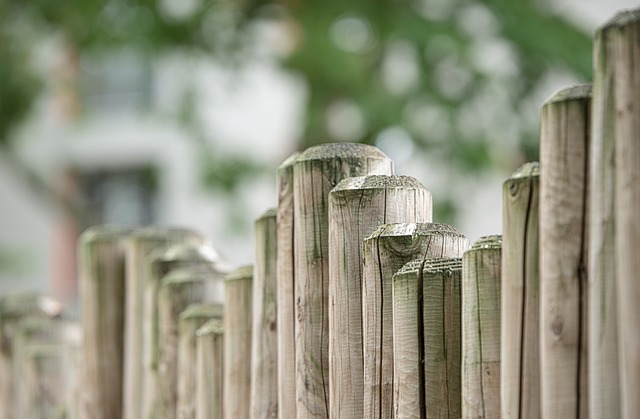In every neighborhood, a well-maintained fence is not just about aesthetics; it enhances security and defines outdoor spaces. Whether you’re in need of New Bedford fence repair or installation, understanding your options is key. This comprehensive guide delves into the essential aspects of choosing and maintaining fences, from assessing your needs to selecting durable materials and common repair techniques. By following our step-by-step installation process and maintenance tips, you’ll ensure your fence stands strong for years to come.
- Understanding Your Fence Needs: Assessment and Planning
- Choosing the Right Materials for Durability
- Installation Process: Step-by-Step Guide
- Common Repair Techniques for Different Fences
- Maintenance Tips to Extend Fence Lifespan
Understanding Your Fence Needs: Assessment and Planning
Before hiring a fence repair or installation service, understanding your specific needs is crucial. Start by evaluating the type of fence you have—wooden, vinyl, chain-link, or others—as each requires different maintenance and repair techniques. Consider factors like age, structural integrity, and aesthetic preferences. Old fences might need replacement parts or significant repairs, while new installations require planning for measurements, design, and material choices.
Assess the scope of damage or wear and tear to determine whether it’s a simple fix or a complex project. Inspect posts, rails, and panels for rot, breakage, or leaning. Look out for signs of infestation, such as holes or chewed surfaces. Planning involves setting a budget, selecting suitable materials, and deciding on additional features like gates or privacy panels. This process ensures you’re prepared for the work ahead and sets expectations for the final result.
Choosing the Right Materials for Durability
When it comes to fence repair and installation, selecting the appropriate materials is paramount for ensuring longevity and durability. The harsh weather conditions in New Bedford require robust materials that can withstand snow, ice, and wind. Opting for high-quality, weather-resistant options such as treated wood or vinyl is a smart choice. Treated wood, with its natural resilience to rot and insects, offers a classic aesthetic and can last for decades when properly maintained. On the other hand, vinyl fences are low-maintenance, impervious to rust, and easily accessible in various styles to suit different preferences.
Consider factors like sun exposure, moisture levels, and local climates when making your decision. For areas prone to salt air or frequent storms, materials with a proven track record against corrosion and deterioration are essential. By investing in the right materials from the start, you can avoid costly repairs down the line and ensure your fence remains a sturdy addition to your New Bedford property for years to come.
Installation Process: Step-by-Step Guide
The installation process for new fences begins with thorough site preparation. Our expert team clears the area, ensuring no obstructions and levelling the ground to create a solid foundation. We then mark out the perimeter using string lines, accurately measuring and marking posts’ locations. Holes are dug precisely at these marked spots to accommodate the fence posts, which are set in concrete for stability.
Once the posts are firmly in place, we attach the fence panels or rails, securing them with high-quality fixtures. For wooden fences, we use pressure-treated materials to ensure longevity and apply a protective coat for added durability. We double-check all connections, ensuring each section is securely fastened before moving on to the next stage.
Common Repair Techniques for Different Fences
When it comes to fence repair and installation, understanding the common techniques for different fence types is essential. For wooden fences, a popular repair method involves replacing damaged or rot-affected boards with new ones. This process starts by removing the old boards, assessing the structure’s integrity, and then attaching fresh boards using nails or screws. Regular maintenance, such as staining and sealing, can also prevent wood decay.
Fences made from vinyl or metal often require different approaches. For vinyl fences, common repairs include fixing broken posts or panels by replacing them entirely or using specialized repair kits to fill in cracks and chips. Metal fences might need welding to fix structural damage or the addition of new sections to extend their lifespan. Both materials benefit from routine checks for loose connections and general wear and tear.
Maintenance Tips to Extend Fence Lifespan
Regular cleaning and inspection are key to extending the lifespan of your fence. Remove any debris, such as leaves or twigs, that may accumulate on top of or within the fence structure. Use a soft-bristled brush or garden hose to gently clean the fence, removing dirt and grime without causing damage. Check for loose or damaged boards, posts, or brackets during each cleaning session. Promptly replace any components to prevent further deterioration. Additionally, applying a fresh coat of paint or sealant every few years can protect your fence from the elements, prolonging its life, and maintaining its aesthetic appeal.
